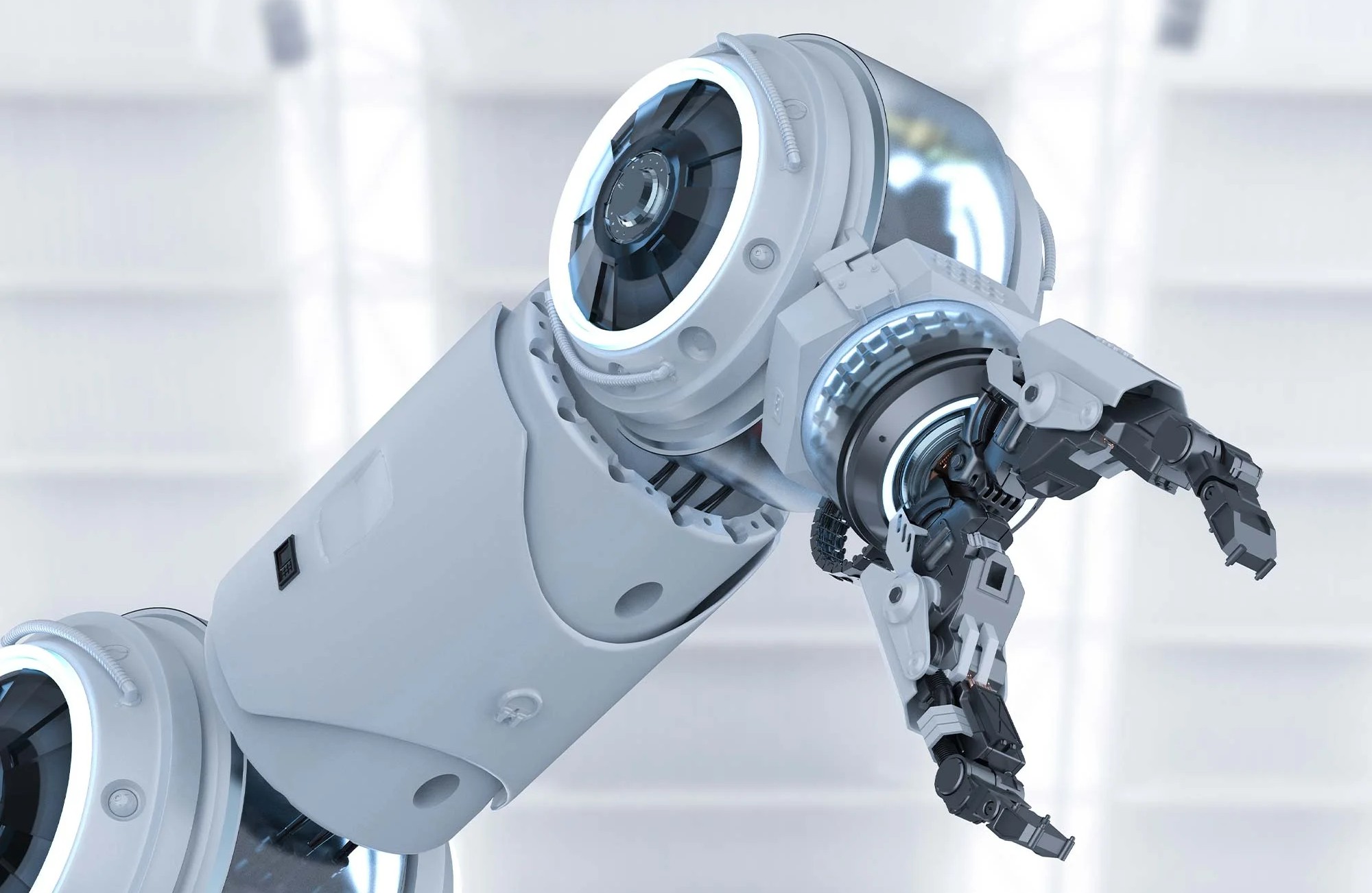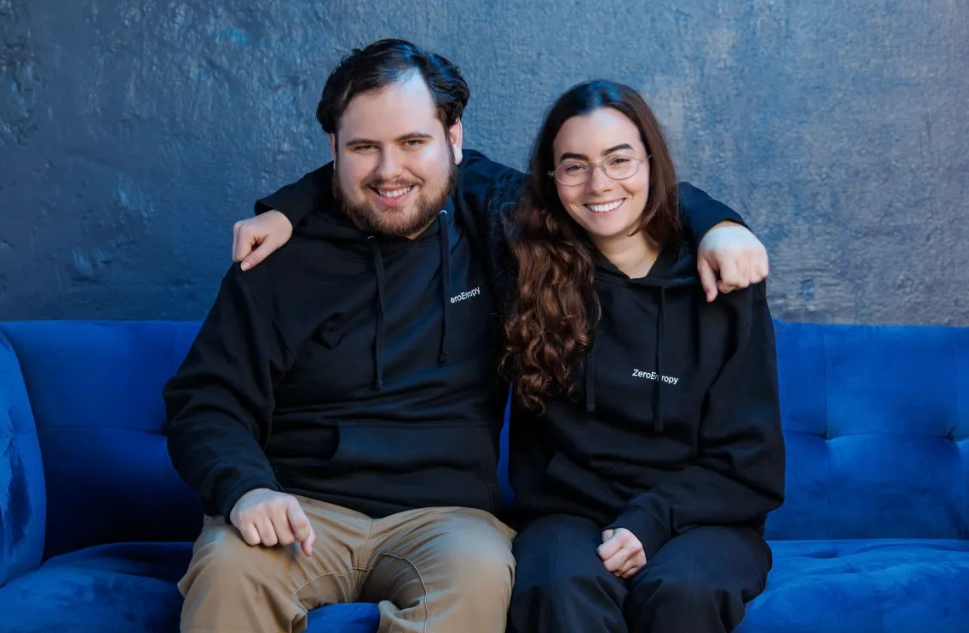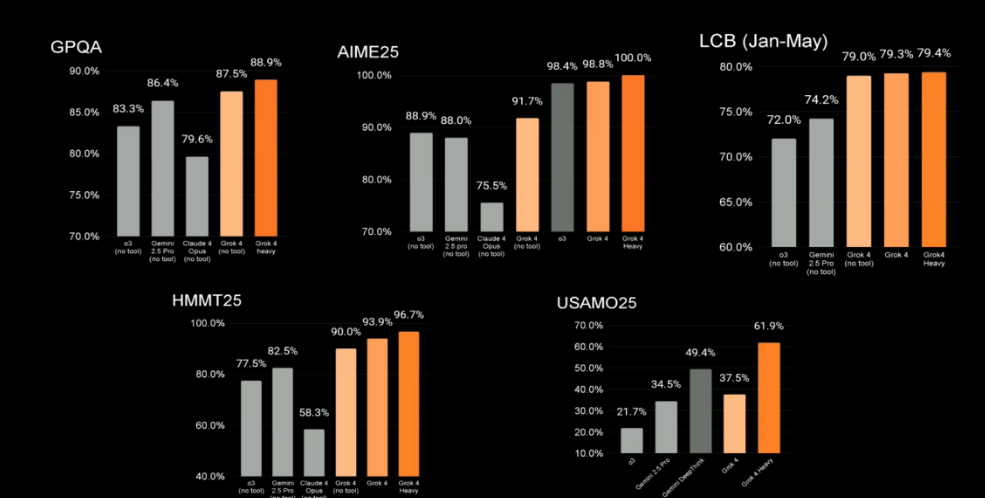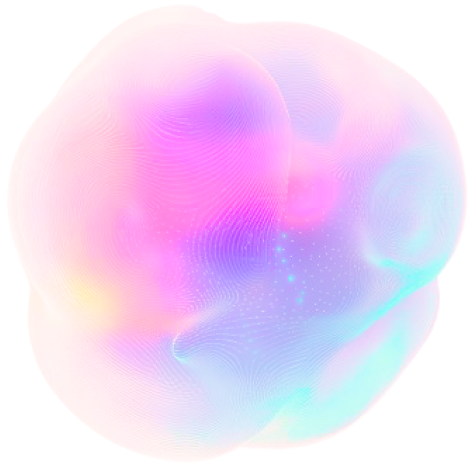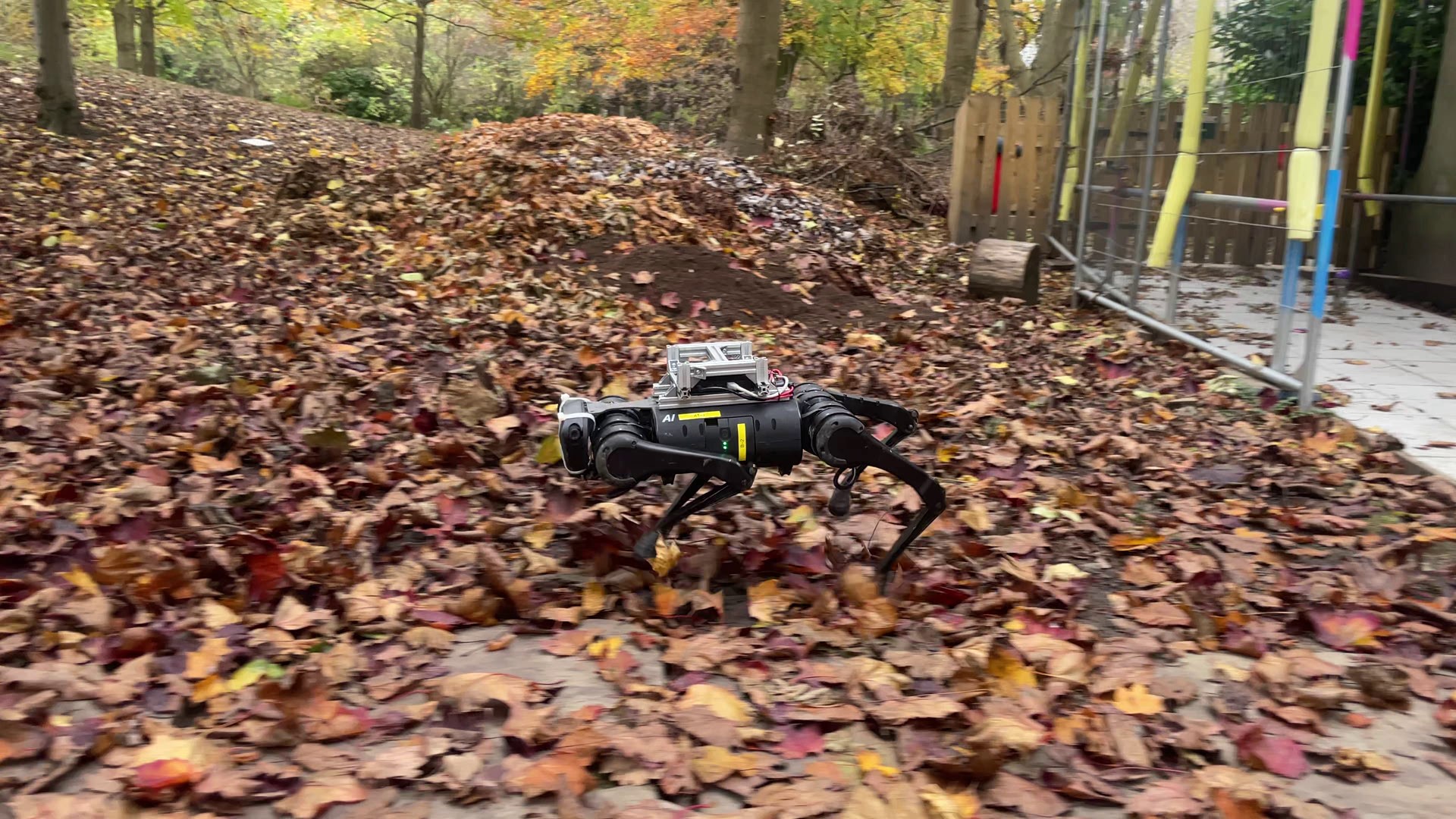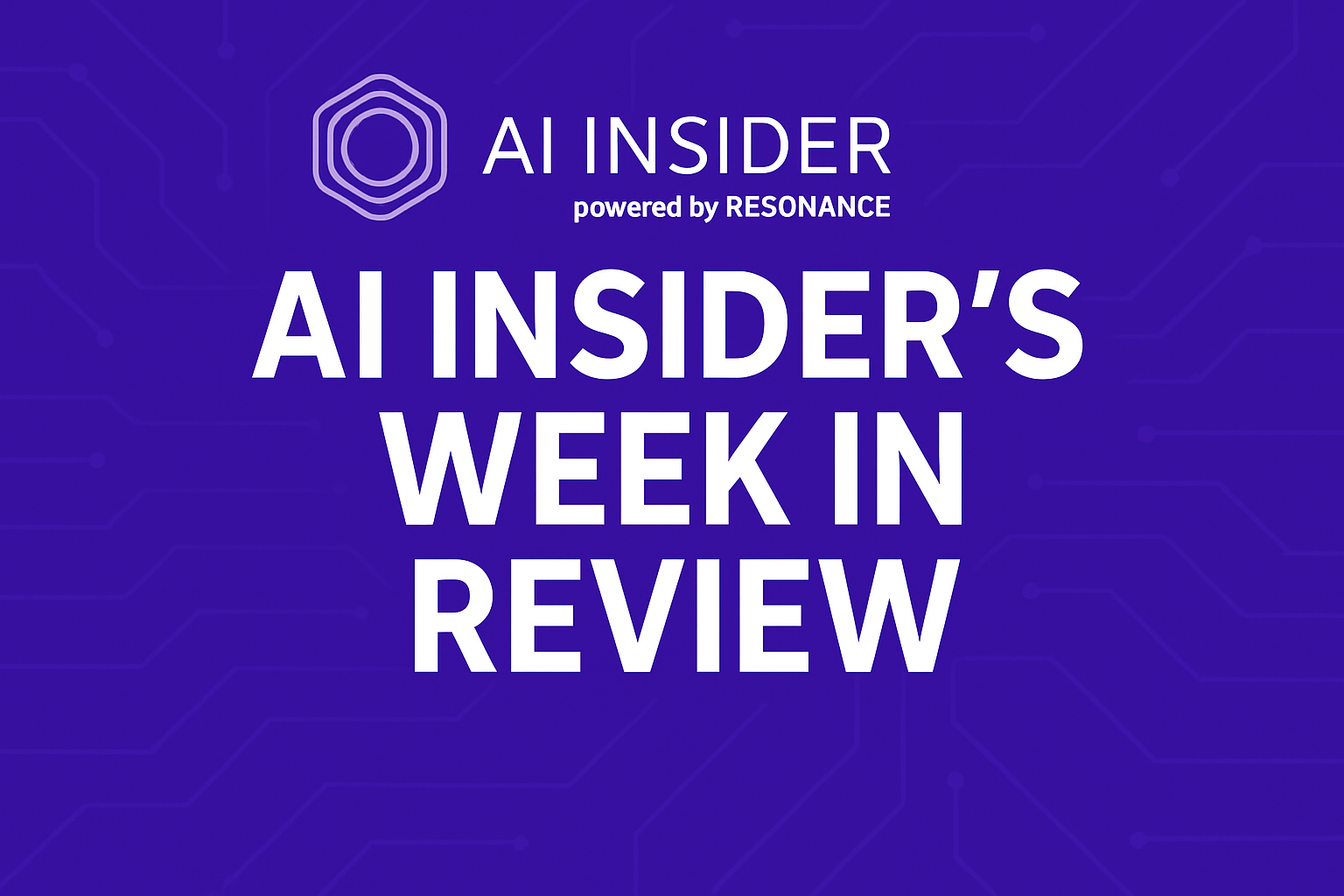Howard Jones, renowned for his innovation in the 1980s synth-pop scene, is now embracing cutting-edge AI technology to create a digital version of his voice, according to an exclusive interview with him by The Mirror tabloid newspaper this week. This will allow him to form choirs featuring his voice and ensure his musical presence, even in scenarios like losing his voice or after his lifetime. Although the technology has raised concerns, Howard, 68, approaches it cautiously yet optimistically.
“I still try to keep up with new technology, but this is the thing I’m very excited about,” said Howard. “My friend, BT, who is an American electronic artist, is making the AI version of my voice. I’ll be able to use it in the studio to create choirs and different extensions of the voice, I can’t wait to use that. “It isn’t primarily for longevity,” he continued. “If you lose your voice, or in the studio you need to fill in a part that’s in your head you can call on the AI version.”
However, Jones admits there is a “worrying side” to AI.
“We’re trying to make sure the sound of my AI voice is protected. It will have stuff embedded in it so if someone gets hold of it they can’t use it without permission,” he said. “I don’t think AI can come up with original things.”
Forty years ago, Howard made a striking debut in the music industry with his single “New Song,” which peaked at №5. He’s commemorating this anniversary with a “best of” album titled “Celebrate It Together.” Howard’s journey from playing in local pubs in High Wycombe, Bucks, and selling fruit and vegetables, to international fame is a testament to his groundbreaking work. His unique style, notably playing the keyboard like a guitar and his distinctive two-tone Mohican hairstyle, quickly captured attention.
His rise to fame was rapid. In 1984, his track “Like to Get to Know You Well” was featured at the Los Angeles Olympic Games, gaining worldwide recognition. The following year was filled with significant moments: a duet with Stevie Wonder at the Grammy Awards, a performance at Live Aid, and sold-out shows at venues like Madison Square Garden in New York. Howard’s greatest success came with the re-release of “No One Is to Blame,” which reached №1 in the US, produced by Phil Collins who also contributed with drums and backing vocals. A career highlight for Howard was meeting David Bowie backstage at Live Aid.
Jones also commented on the limitations of AI in music, noting that while it can replicate and combine elements from the past, it struggles to innovate in the way traditional pop music does. He acknowledged that the technology is nearing a significant breakthrough. He referred to instances he encountered online like Johnny Cash’s voice being used in subpar pop songs, which he found bizarre. Jones emphasized the need for discerning listeners to filter out such content. He concluded by stating that it’s still in the early stages of AI in music, making it challenging to predict its future impact.
Jones pushing the boundaries of musical innovation with his venturing into the realm of AI is a sure sign the technology is here to stay and may or may not give the 80s icon a lasting musical legacy.
Featured image: Howard Jones. Credit: Simon Fowler; Distributed by Elektra Records, Wikipedia

